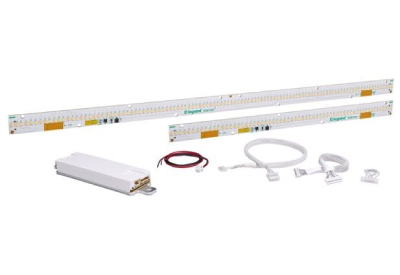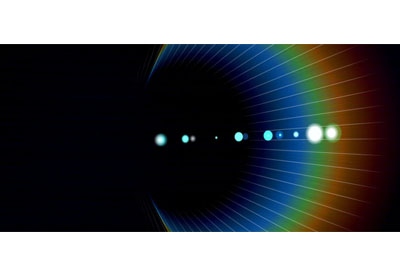Light-Activated Tool Helps to Better Understand Diabetes Drugs

May 07 2016
Sandra Henderson
Researchers at the University of Birmingham (UK) have developed a light-activated tool to show how drugs need to be adapted to combat type 2 diabetes.
The study, published in Angewandte Chemie, provides insight into the signalling process of receptors in cells. The findings could lead to a new generation of anti-diabetic drugs that are activated by either blue or ultra-violet light.
David Hodson, PhD, from Birmingham’s Institute of Metabolism and Systems Research, explains the new light-activated tool that could help optimize T2D drugs: “The GLP-1 receptor is involved in the maintenance of normal glucose levels and is presently targeted by a number of blockbuster T2D drugs,” the expert says. “However, the function of this receptor is poorly understood. In particular, drugs that bind a ‘hidden’ allosteric site may be safer and more specific alternatives to present therapies.”
Hodson further notes that production of such drugs is at present hindered by the lack of information about how the allosteric site works. “Together with Dirk Trauner and Johannes Broichhagen at LMU Munich, we have designed a new drug, termed PhotoETP, whose conformation and binding can be controlled by light,” he reports. “This allows us to understand precisely the interactions that need to occur between a molecule and the allosteric site for full operation.”
Researchers able to change conformation/activity of positive allosteric modulator using light
The promising research breaks new ground in the realm of light-activated tools for optimizing drugs. “PhotoETP is termed a positive allosteric modulator,” says Hodson. “While these exist, no one has been able to change their conformation or activity using light. We have done this by incorporating an azobenzene photoresponsive element that undergoes isomerization following illumination.”
The expert confirms that the innovation could, in fact, catalyze a new generation of drugs activated by blue or ultraviolet light. “We have already produced a range of light-activated anti-diabetics that target ion channels and G protein coupled receptors,” he says. “The aim of PhotoETP is to provide a tool that allows allosteric signalling at the GLP-1 receptor to be properly understood, with implications for the rationale design of drugs that will supersede the incretin-mimetics due to their improved safety and efficacy.”
Photopharmacology evolves
The findings could represent a photopharmacological stepping stone on the path to light-activated drugs of the future. “Light-activated antibiotics, chemotherapeutics and anti-diabetics have all been produced,” Hodson notes. “These studies are further evidence that, one day, photopharmacology — the targeting of drug activity in space and time — may become inherent to drug design and disease treatment.”
In that endeavour, Hodson and his team are well underway toward realizing light-activated anti-diabetics. “We have begun to synthesize variants of PhotoETP that will provide further clues as to how the GLP-1 receptor works,” he reveals. “Moreover, we are performing proof-of-concept experiments to show that light-activated anti-diabetics can be safely used in vivo to control blood glucose levels.”
Sandra Henderson is Research Editor, Novus Light Technologies Today.
Photo: novuslight.com













